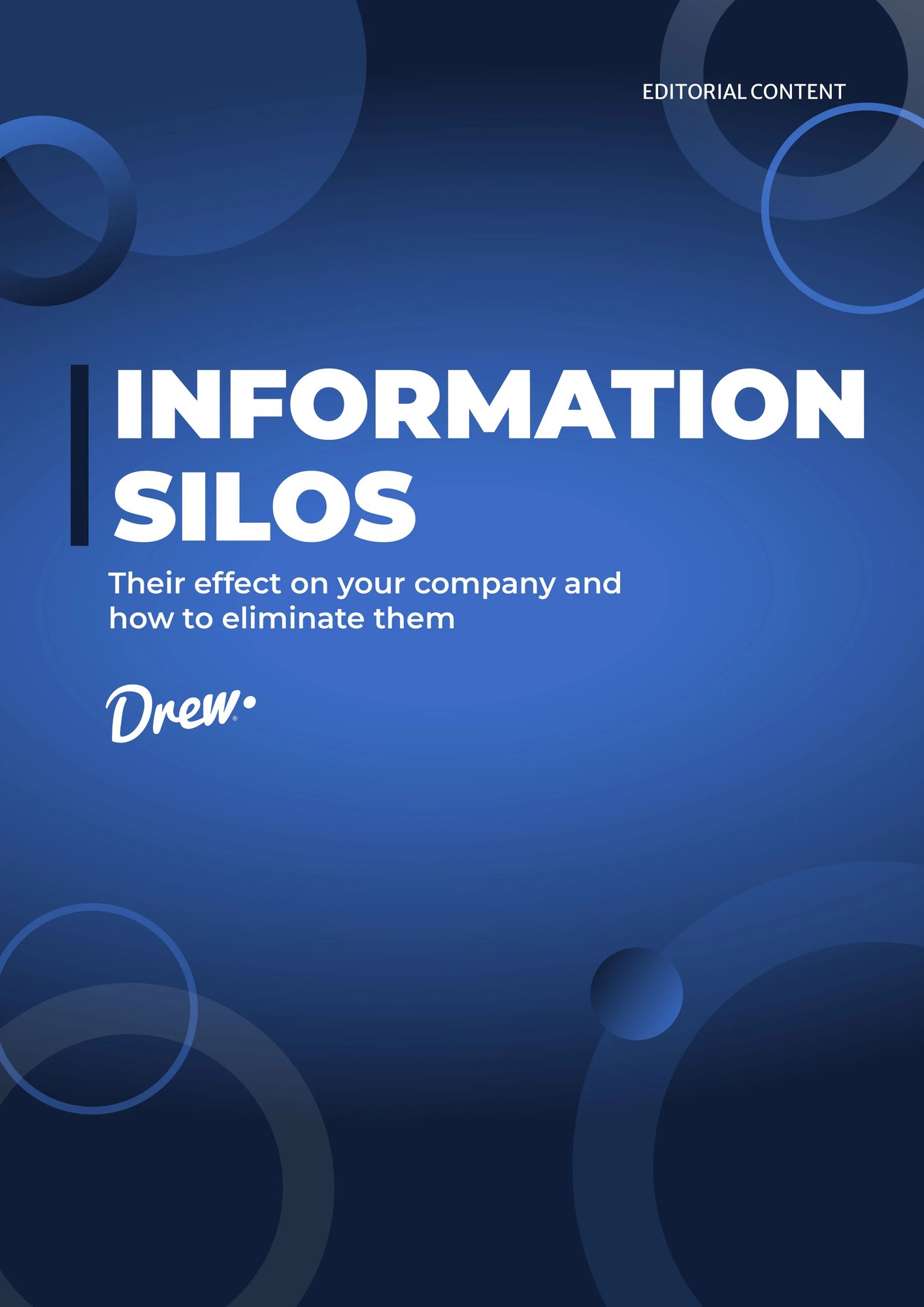-
-
Accede al documento completando el formulario.
-

Contenido editorial
%20(1).jpg?width=300&name=wp9131686%20(1)%20(1).jpg)

Artículos, noticias, casos de estudio y documentación sobre negocios. Únete a la comunidad de +50.000 suscriptores de todo el mundo.
%20(1).jpg?width=300&name=wp9131686%20(1)%20(1).jpg)
Personas. Procesos. Tecnología.
Creemos que los procesos claros, con el apoyo de la tecnología adecuada, generan un entorno donde las personas trabajan más felices, y en consecuencia vuelve a tu empresa más productiva.

Contenido editorial
In most companies, the different areas work with their own teams, but they turn into silos and find it hard to work together with other areas. Why?
To make your company grow, you should keep in mind that information is the most valuable resource you can have. The communication of this content has to be dynamic since it should be able to go through different areas as interrelated processes. How can we achieve this dynamic information process satisfactorily?
On the other hand, what communicative problems can you have? Many times, companies store information within the different areas in an isolated way. This way, information is protected but they are not available for its use, so it remains as part of the unprocessed stock or as a pile of big data. In this ebook, we will talk about how this stalemate is produced and how it affects factors such as decision making, the work agents do, and the reputation of the company.
Through the study of particular examples, you will find a glimpse at the main problems that the information stalemate produces. How can the bad handling of information on the part of an area have an impact on how another one works? How can you make a first diagnosis of the problem by answering simple questions and what solutions can you find? As regards this, why are time and communication such important factors? and what type of digital tools can we use to solve these problems? In the following pages, you will find possible answers to these questions as well as to other related problems.
In this document, you'll find:
Fill in the form and learn why silos are formed and how to avoid them >>

Accede al documento completando el formulario.